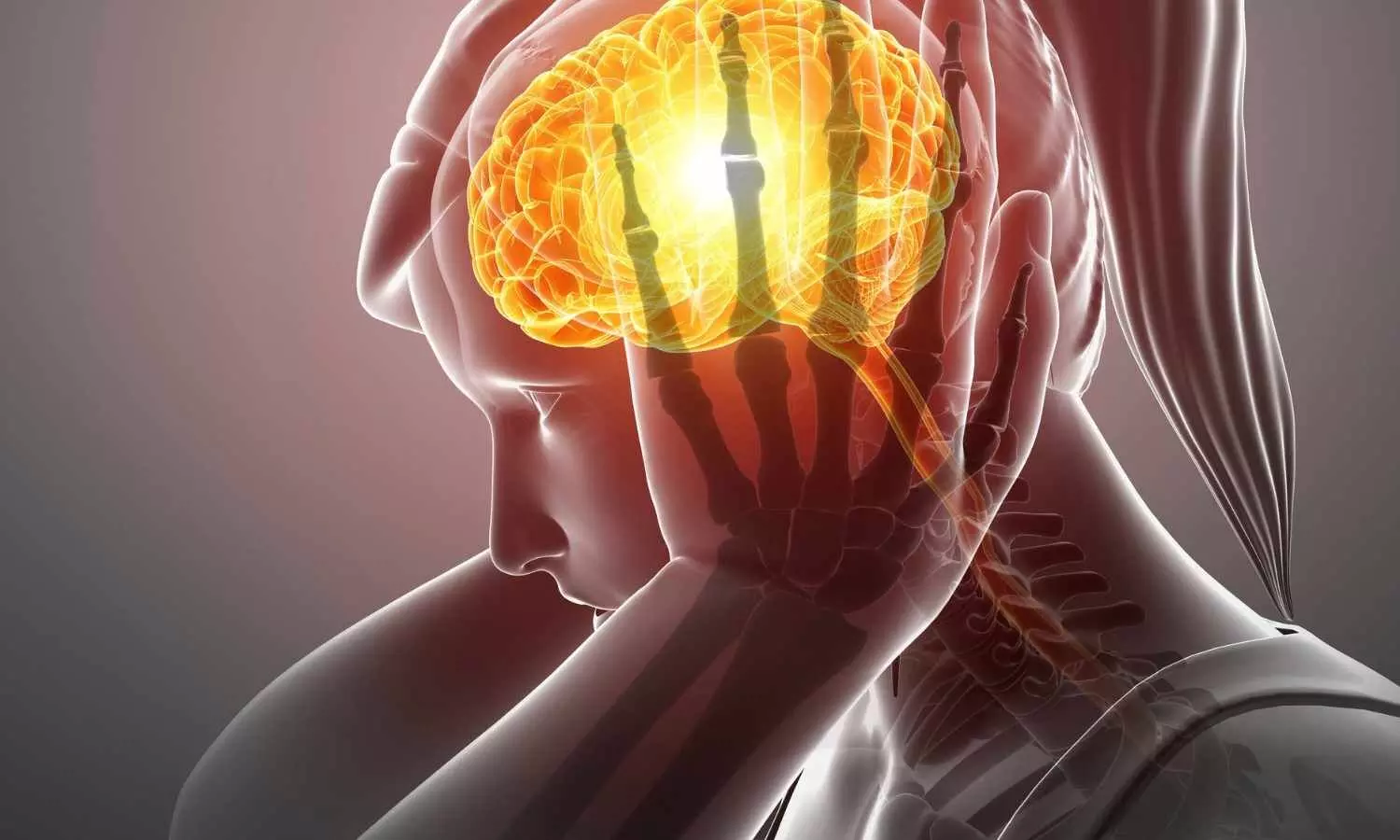AIIMS Delhi develops India’s first TEM-based Primary Ciliary Dyskinesia diagnostic tool

New Delhi: Researchers at the All India Institute of Medical Sciences (AIIMS), New Delhi have achieved a major breakthrough in India’s diagnostic capabilities by developing a cutting-edge method to diagnose Primary Ciliary Dyskinesia (PCD) – a rare and often misdiagnosed genetic disorder affecting the respiratory system – using transmission electron microscopy (TEM).
According to Dr Subhash Chandra Yadav from the Electron Microscope Facility, Department of Anatomy, AIIMS Delhi, this method is the first of its kind in India.
“This type of diagnosis is the first of its kind in India, and no other hospital or research lab in the country currently provides such a diagnosis based on electron microscopy,” said Dr Subhash Chandra Yadav of the Electron Microscope Facility, Department of Anatomy, AIIMS Delhi, news agency PTI reported.
Dr Yadav said that the AIIMS Delhi method for PCD diagnosis has now been internationally accepted as an innovative methodology and other ciliary diseases.
“Our developed method for PCD diagnosis has now been internationally accepted as an innovative methodology for PCD and other ciliary diseases, with the research paper published in the top-rated Microscopy and Microanalysis journal from the University of Oxford,” he said.
The breakthrough, led by Dr Yadav and Prof Kana Ram Jat from the Department of Paediatrics, was detailed in the prestigious journal under the title “An Innovative TEM-Based Ultrastructural Imaging Methodology for the Diagnosis of Respiratory Ciliary Disorders.”
According to a statement from AIIMS Delhi, the advanced method dramatically improves diagnostic accuracy, identifying structural defects in motile cilia in nearly 70 per cent of suspected cases, an achievement unmatched even by cutting-edge whole-genome sequencing. Validated on 200 patients with suspected ciliary disorders, the technique confirmed diagnoses in 135 cases.
The scope of this technique extends far beyond PCD. It can accurately detect a range of rare ciliary disorder-related conditions, including respiratory anomalies, renal cystic disease, blindness, neural tube defects, intellectual disability, skeletal abnormalities (such as polydactyly and abnormally short limbs), ectodermal defects, situs inversus (a condition where internal organs are mirrored), and infertility.
“What sets this methodology apart is its comprehensive and refined workflow. From meticulous sample collection and fixation to ultra-thin sectioning and advanced TEM imaging, every step is optimised to enhance the visibility of tiny defects, boosting detection capability by nearly 640 times compared to conventional methods,” as per the statement.
Medical experts hail this innovation as a game-changer in genetic diagnostics. It promises faster and more accurate diagnoses while laying the groundwork for personalised therapies, enhanced patient care, and deeper understanding of the mechanisms underlying ciliary disorders.
This pioneering effort by AIIMS researchers marks a transformative milestone in India’s diagnostic capabilities, bringing hope to patients and their families affected by rare genetic diseases.
Also Read:Inter-AIIMS Patient Referral Portal launched to boost Healthcare Access
Powered by WPeMatico









